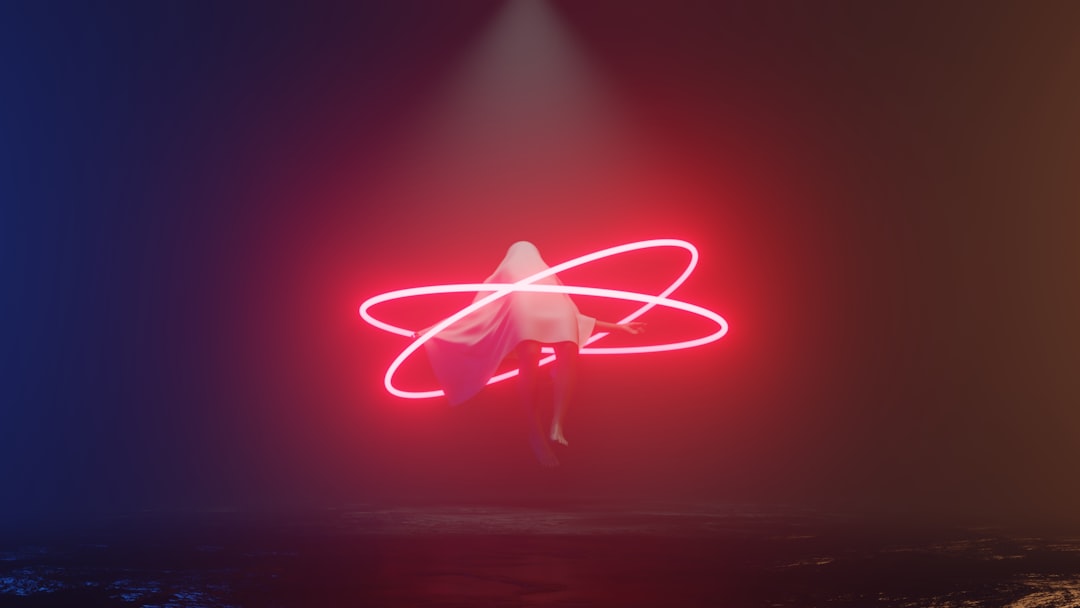In an era where technology and creativity intersect more than ever, Artificial Intelligence (AI) is transforming the landscape of design across various fields. From graphic design to fashion, and from interior design to industrial applications, AI is not just an assistant but a revolutionary force that is reshaping how designers think, create, and interact with their projects. This article delves into the profound impact of AI on the design world, exploring its benefits, challenges, and the future it is scripting for creative professionals.
Bridging Creativity and Technology
AI’s integration into the design process has enabled a seamless fusion of creativity and technological advancements. Tools like AI-driven software and applications can now analyze vast amounts of data to suggest design alterations and improvements that are not immediately obvious to human designers. This synergy not only enhances the aesthetic appeal of a product but also its functionality and user interaction, leading to more innovative and user-centered designs.
Personalization at Scale
One of the most significant advantages of AI in design is its ability to personalize at a scale previously unimaginable. AI algorithms can learn from individual user interactions and preferences to tailor designs that cater specifically to their needs and tastes. This is particularly evident in the fashion and retail sectors, where AI is used to create custom clothing or suggest products that align with consumer preferences, thereby enhancing customer satisfaction and loyalty.
Streamlining Design Operations
AI simplifies complex design processes, making them more efficient and less time-consuming. For instance, in architectural design, AI can quickly generate multiple design models based on specific criteria, which speeds up the initial stages of the design process and allows architects more time to refine and perfect their projects. This operational efficiency is also crucial in industries like automotive, where design precision and speed are paramount.
Enhancing Collaborative Design
AI tools are now facilitating better collaboration among design teams, regardless of geographical barriers. Cloud-based AI platforms enable designers to work on the same project simultaneously from different locations, share insights instantaneously, and make decisions faster. This not only accelerates the design process but also ensures a more cohesive and holistic approach to project development.
Predictive Trends and Futuristic Insights
AI’s predictive capabilities are a game-changer in the design industry. By analyzing current trends and historical data, AI can forecast future trends with a high degree of accuracy. This aspect of AI is particularly valuable in fashion and industrial design, where understanding and anticipating market trends can result in highly successful products. Furthermore, AI can also propose futuristic design concepts by merging various elements from vast datasets, pushing the boundaries of innovation and creativity.
In conclusion, AI is not just reshaping the design industry; it is redefining it. As we advance, the integration of AI in design promises not only to enhance aesthetic and functional aspects of products but also to revolutionize the very methodology of creative processes. The future of design is undeniably intertwined with AI, and embracing this technology is pivotal for any forward-thinking designer aiming to stay at the forefront of their field.







